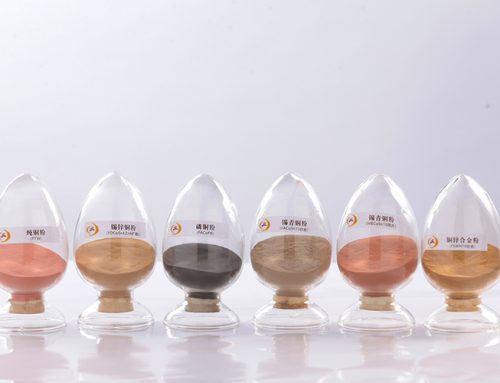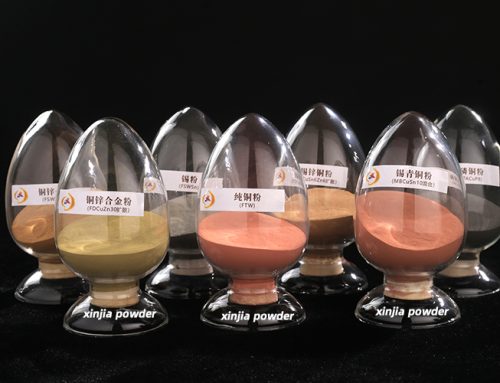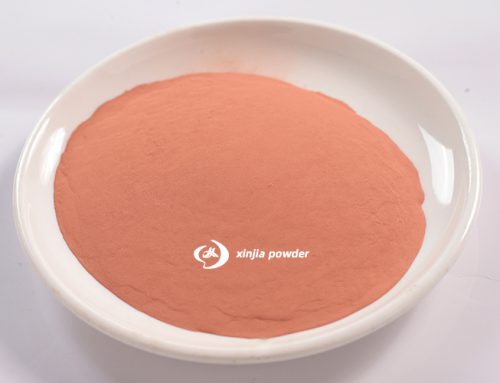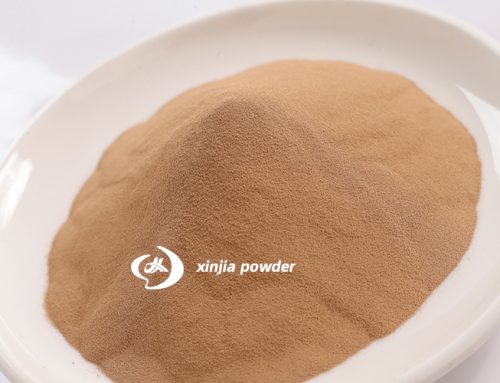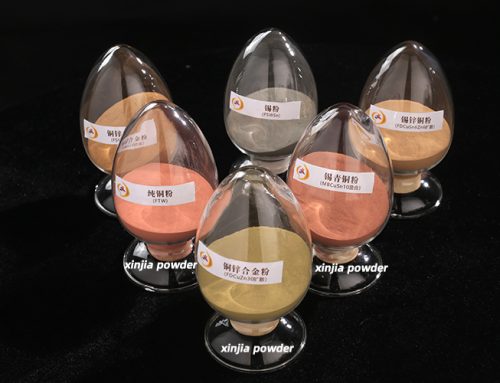A basic attribute of powder metallurgy is the ability to combine materials in powder form that are otherwise immiscible. This unique advantage allows the production of friction materials in which copper and other metal powders are combined with solid lubricants, oxides and other compounds. Metallic friction materials can be operated at higher loads and temperatures than organic friction materials.
P/M friction materials are used as clutches and brakes. Dry applications may include both, but wet applications are normally confined to clutches. For brake and clutch facings, powders having high green strength are essential. Such powders characteristically also have high internal porosity, low apparent density and irregular shapes.
There is no definite relation between the physical properties of the brake material and its performance as a friction material. Further, there are so many intangibles that influence friction and wear that the selection of a P/M friction material is still empirical.
Generally, the major portion of the matrix is copper with about 5-15% low melting metal such as tin; 5-25% lubricant which may be lead, litharge, graphite, or galena; up to 20% friction material such as silica, alumina, magnetite, silicon carbide or aluminum silicide; and up to 10% wear-resistant materials such as cast iron grit or shot.
Typical compositions are:
For dry clutches and brakes: 75Cu-6Pb-7Sn-5graphite-4molybdenum disulfide-3feldspar.
For wet clutches and brakes: 74Cu-3.5Sn-2Sb-16graphite-4.5galena.
Copper-base friction materials perform best under wet conditions. They are also suitable for dry friction applications under relatively mild operating conditions with moderate loads, speeds and temperatures.
Dry clutches are used in highway trucks, machine tools, farm tractors and industrial presses. Dry brakes are used in automobiles and industrial presses. Wet clutches are used for automatic transmissions, machine tools and tractors. Wet brakes are used for off-highway vehicles and military service.
copper powder


